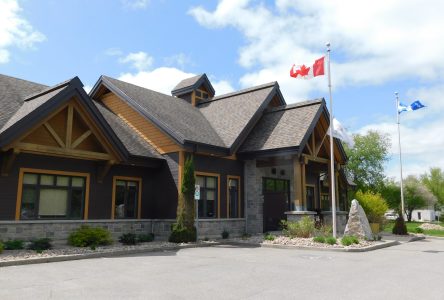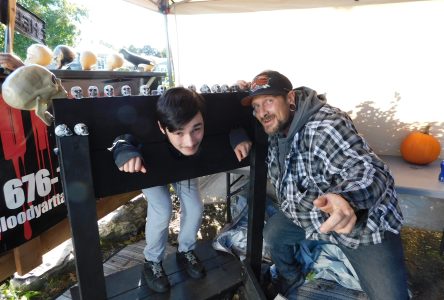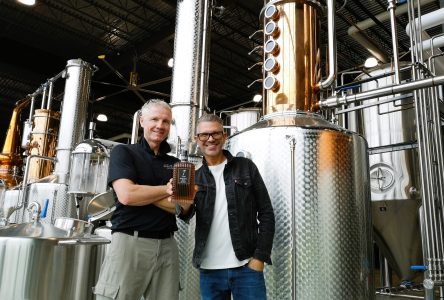The Ontario government announced on Friday that the Eastern Ontario Health Unit would be placed in the yellow zone from 12:01 a.m. on Saturday. The category, which was one higher than the base “green” zone, was for areas with a weekly incidence rate of between 10 and 39.9 cases per 100,000 people and emphasised targeted enforcement, fines and education to prevent further COVID transmission.
Region to move to ‘yellow’ COVID zone



